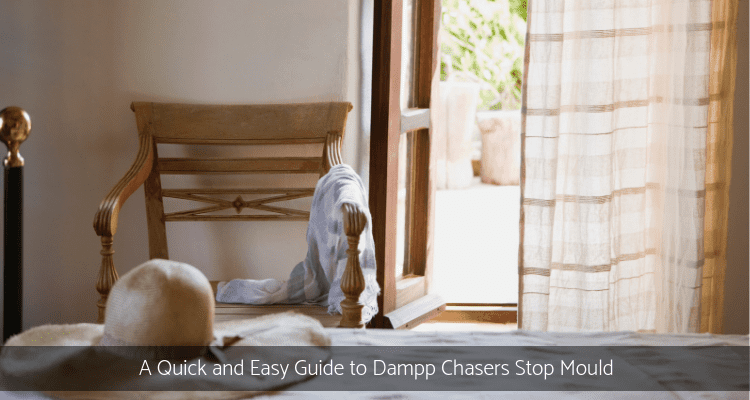Did someone tell you to get a product to stop mould in your wardrobe? Chances are, if you have those damp rid products filling up with water, you don’t have a Dampp Chaser. However, if you have a drawer, you probably already have Zeolite Big Bag of Rocks.
Either way, it’s important to learn more about what they do. Wardrobe Dampp Chasers are one way you can improve the air quality in your cupboards and drawers while at the same time saving money.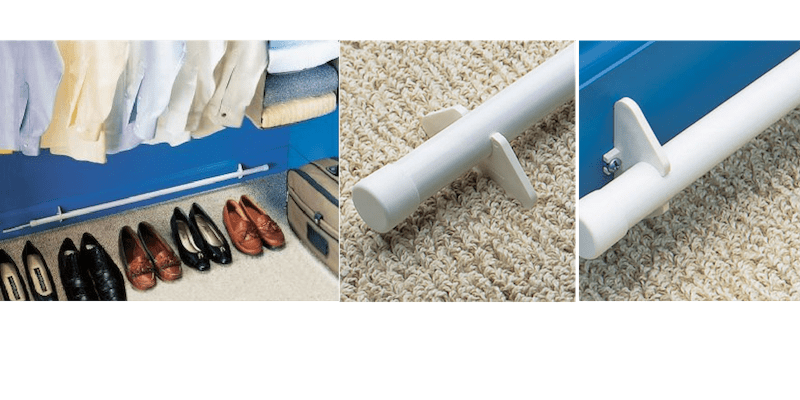 What is a Wardrobe Dampp Chaser?
What is a Wardrobe Dampp Chaser?
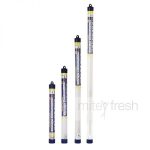 Dampp Chasers can reduce your dependency on chemical products that stop dampness and musty smells making it easier to maintain proper air quality in your wardrobes.
Dampp Chasers can reduce your dependency on chemical products that stop dampness and musty smells making it easier to maintain proper air quality in your wardrobes.
Dampp Chaser is a natural warmth that stops mould and other contaminants in your wardrobes without strong chemicals. Dampp Chaser can reduce many different air compounds in your wardrobe, including:
- Dampness and moisture
- humidity
- mould prevention
- stagnancy
- stale air
- musty odours
- rust
When used in conjunction with your regular ventilation and airing (like opening wardrobe doors and windows), Dampp Chaser helps prevent pathogenic bacteria and mould. This leads to better air quality than with just chemical damp rid products alone.
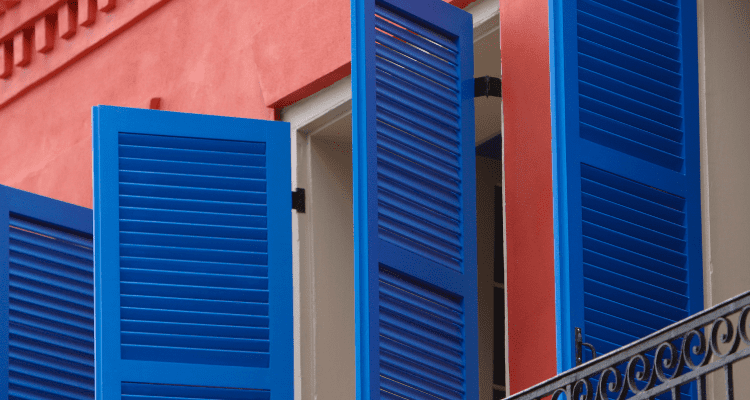
SCIENCE NOTE: Natural zeolites are generally formed from the alteration of volcanic-ash. Their physical structure is arranged in an interconnecting lattice structure. This lattice structure is arranged to form a honeycomb framework of consistent diameter interconnecting channels. The diameter of these open channels is what differentiates each species of natural zeolites and is what gives rise to their unique properties. Within these channels are positively charged ions (cations) attached and held by the structure’s negative charge.
Natural zeolite can perform the following functions which in turn give rise to a multitude of end uses:
- Ion exchange – ability to exchange internal cations for other ions on a basis of ion selectivity determined by ion and channel diameter
- Water adsorption and desorption – ability to reversibly adsorb / desorb water without chemical or physical change in the zeolite structure
- Gas adsorption – ability to selectively adsorb specific gas molecules without any effect upon the zeolite structure
Dampp Chasers and Zeolite Bag of Rocks are suitable for enclosed wardrobes, linen cupboards, pantries, under stairs, small storage areas up to 4 cubic metres. Note– Dampp Chaser requires a power socket.
It should reduce the amounts of chemical air cleaners you have to use in your wardrobes. This will save you money and perfect for anyone sensitive to chemicals, air cleaners and perfumes typically used in freshening wardrobes and rooms.
Zeolite frees up moisture and odours, allowing them to be continuously reused. Dampp Chaser ultimately enhances the effectiveness of keeping wardrobes dry 24/7, around the clock.
Because of this, you can reduce your other damp rid products or chemical air cleaner use by as much as 100 percent! Versatile air pollutant adsorbers you must agree.
How Often Should You Run The Dampp Chaser?
You’ll need to position your Dampp Chaser near the floor, these dehumidifiers use mild heat to warm, dry and circulate air in confined closed spaces.
For best results, you may just want to turn it on and leave it running, especially if you have a moisture issue that is taking time to repair and remediate. In Australia, depending on the size and when the Chaser is on, runs on just 12 Watts to 35 Watts of power. Very economical to run at just about $24 a year, that’s about 5c to 10c per day respectively
PRODUCT:
Dampp Chaser
Eliminates mould, mildew, stagnant air in wardrobes and cupboards, pantries, linen closets, RV’s, boats, rental storage, basements.

Are Dampp Chasers Environmentally Safe?
The Dehumidifier is UL Certified for safety and has continued to meet the stringent safety standards of electrical testing agencies worldwide since the product’s invention in 1947.
The amount of heat produced by Dampp Chaser is insignificant to the normal temperature we live in. It gently heats to a maximum 51 degrees Celcius which will increase the temperature in the storage area by only 2 to 4 degrees.
The Pros & Cons of Gently Warmed Air
As the warm, dry air expands in the closet, pressure inside will be slightly higher than ambient. This pressure differential pushes stale air out of the closet and fresh air seeps in to replace the void. This air-changing process removes musty smells, keeping the air fresh and clean.
This process not only dries the air, but also stops moisture, and prevents mould to establish a colony. The result is not just cleaner, dry air, but also air which smells fresher to the nose and healthier for the body.
NOTE: although dry air is very effective and safe for your confined spaces, you need to smell out and find that moisture trigger and address it.
The visual and smell test provides an extremely effective method to protect your valuables, while also providing significant out of pocket costs when replacing moisture and mould damaged items! Dampp chasers over a 10 year period are inexpensive at around $9 to $12 per year.
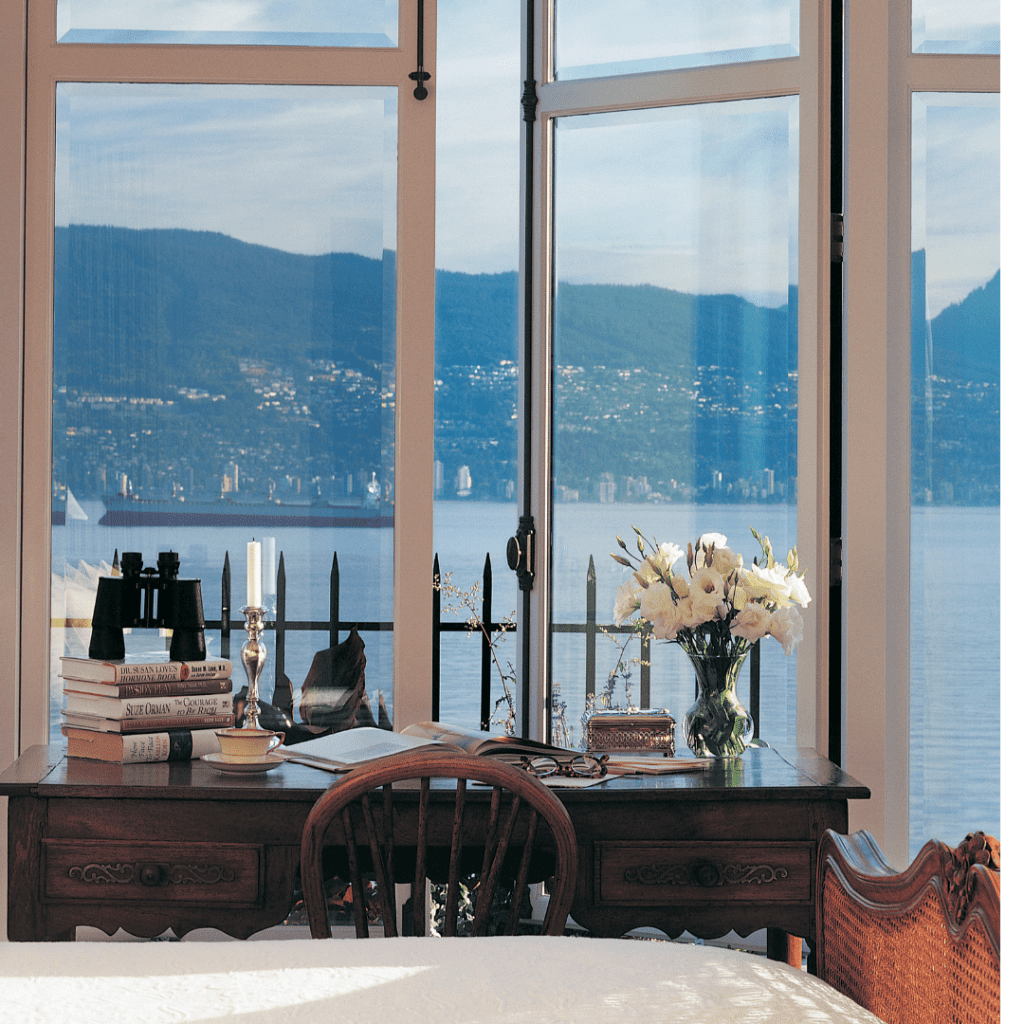 Deciding Between Zeolite or Dampp Chaser or Dehumidifier
Deciding Between Zeolite or Dampp Chaser or Dehumidifier
As mentioned above, there are two different types of stop mould and improve air quality available for wardrobe use: Zeolite (natural minerals) and Dampp Chasers. Zeolite are increasing in popularity due to their inexpensive energy usage, zero, especially with new research raising new awareness for non-toxic, long product life, effectiveness, and lower costs.
We recommend Dampp Chasers for the following reasons:
- Longer life & best performance
- Lower operating / energy costs
- Compact design fits most enclosed
– wardrobes, cupboards and linen closets,
– pantries,
– RV’s, boats,
– rental storage and basements,
– photographers cabinets,
– photocopiers & paper,
– inside garaged vehicles, caravans, motor homes,
– firearm safes,
– engine bays, gear lockers, electronics, galley, berths and bilges. - No expensive products, fillers or spills to replace
- Highest quality
- Protects and extends life of your valuable shoes and clothing
- Ensures fresh smelling linen and stored valuables
- Stops musty smells in boats, campers and RVs
- Protects stored sporting equipment from mildew and musty odours
- Protects work tools and vintage cars from rust and corrosion in sheds, garages and storerooms
How to Install a Dampp Chaser in Your Wardrobe
While I’ll believe anyone can do this themselves, I recommend calling for professional electrician since you’re dealing with electricity.
Preparing Your Room
Almost all newer homes are power point ready, and adding or replacing is where the electrician comes in and makes it very simple! Here is how to prepare:
- If there is room and a power hook-up for a Dampp Chaser, it’s usually a go!
- Choosing the right size Dampp-Chaser Storage Dehumidifier for the job. Simply measure the Length x Width x Height of storage area ie, 2m wide X 3m High X 1m deep = 6cuM (use the 91cm model Dampp Chaser) then compare to the suggested storage area above.
- NOTE: Always choose Dampp Chaser size slightly larger than cubic area calculated.
- It is common to use multiple Dampp Chasers in a larger installation area.
- Ideal for humid spaces above 65% Relative Humidity.
- Determine the voltage, 240 volts GPO.
- Check electrical system: timer set; system GFCI protected (Ground-fault circuit interruption protector).
- For best results, remove items around floor and skirting or base board space you are attaching rod to.
- Clean with a microfibre cloth to freshen up. It is easier for the Dampp Chaser to operate from a fresh start.
- You will need a screw driver.
- Easily mounted to wall or floor horizontally, with included clips & screws.
- 3 metre power lead extends to power point.
- Complies to all electrical safety standards.
- Keep area around the rod clear to allow maximum air circulation.
- Enclosed area doesn’t need to be sealed, vents at top and bottom of storage area work well.
1. Mount the Dampp Chaser
First, you need to install the Dampp Chaser in the confined space sitting on brackets on floor or attached to brackets attached to skirting board or wall. Check to make sure the airflow around the Dampp Chaser is free from obstructions and be sure you mount it firmly.
2. Wiring It Up
This one is really up to you. You can just plug the Dampp Chaser into a wall outlet and you are finished. However, if you aren’t too sure about electrical wiring, call an electrician as accidents with electricity can be fatal.
Set the Timer
Now that everything is connected, it is time to set the timer on your Dampp Chaser so the system turns on and off automatically without you having to worry about it. You may have to experiment with the run times of your Dampp Chaser based on your air quality and space clutter, but begin with twelve hours and then increase it as needed.
Alternatively, simply plug in, set and forget, let the Dampp Chaser do its wonderful work 24/7. Needs no more attention!
Dampp Chaser Replacement
Typically, most Dampp Chasers last about ten years before needing replacement. How will you know that the time has come for a new Dampp Chaser? Check your air quality. Check the rod is warming up adequately and determine if the time has come to get a new one.
HOW TO
How to test indoor air accurately
It’s important to learn how to test indoor air quality and do it at least once a week to make sure the air you breathe is pleasant, and to keep your health level in check.

Dampp Chasers are great solutions to help you maintain fresh, clean air that provides welcome relief from musty, stuffy valuables. However, many indoor air quality owners don’t use them simply because they don’t know anything about them.
This quick and easy guide should give you basic understanding you need to consider a Dampp Chaser in your confined space all year round. Remember, it can help keep your stored valuables protected, maintain your air and reduce your cleaning costs in the process. So why not harness the power of a Dampp Chaser in your space? I believe you will be glad you did.
Towards healthier living Carol Parr ♥
As Building Biologists, we have acquired knowledge of adverse health effects and recommend effective strategies to reduce occupants’ exposure by eliminating and controlling as many sources of pollutants in order to create healthy indoor living environments that are as exposure-free and natural as practically possible.
References
USA EPA (2016). Zeolite, A Versatile Air Pollutant Adsorber | CICA | CATC | TTN | Air & Radiation | US EPA. [online] Available at: https://www3.epa.gov/ttncatc1/cica/other5_e.html [Accessed 29 Dec. 2018].
Clean Air Technology Centre (1998). Zeolite A Versatile Air Pollutant Adsorber. [online] Available at: https://www3.epa.gov/ttn/catc/dir1/fzeolite.pdf [Accessed 29 Dec. 2018].
Enware Australia
Author
-
We’re glad you’re here. We’re Carol and Tony, founders of one of the longest running Healthy Home Blogs in the world, Mitey Fresh Australia. We’ve been on this journey for the last 25 years and are passionate about helping families sift through health hazards and triggers like allergens, mould, water damage, chemicals and EMFs, to get clarity about what’s toxic and what’s not so they can create a healthy and happy home for their family they love. Each month, people visit this blog seeking focus on the health and wellbeing of their loved ones, sustainable and effective practice tips and guides, to help create and manage healthier indoor spaces, improve the built environment that is pleasing to the senses and support healthy living and nature, every day. Starting this blog was to help change people’s lives, one family at a time, and we can’t wait to share how its allowed us to stand next to you and show you how interpreting these synergies between buildings and the environment they are built in will impact upon the health and well-being of those who occupy them. Find out more about Healthy Homes and what this blog can do for you!
View all posts

